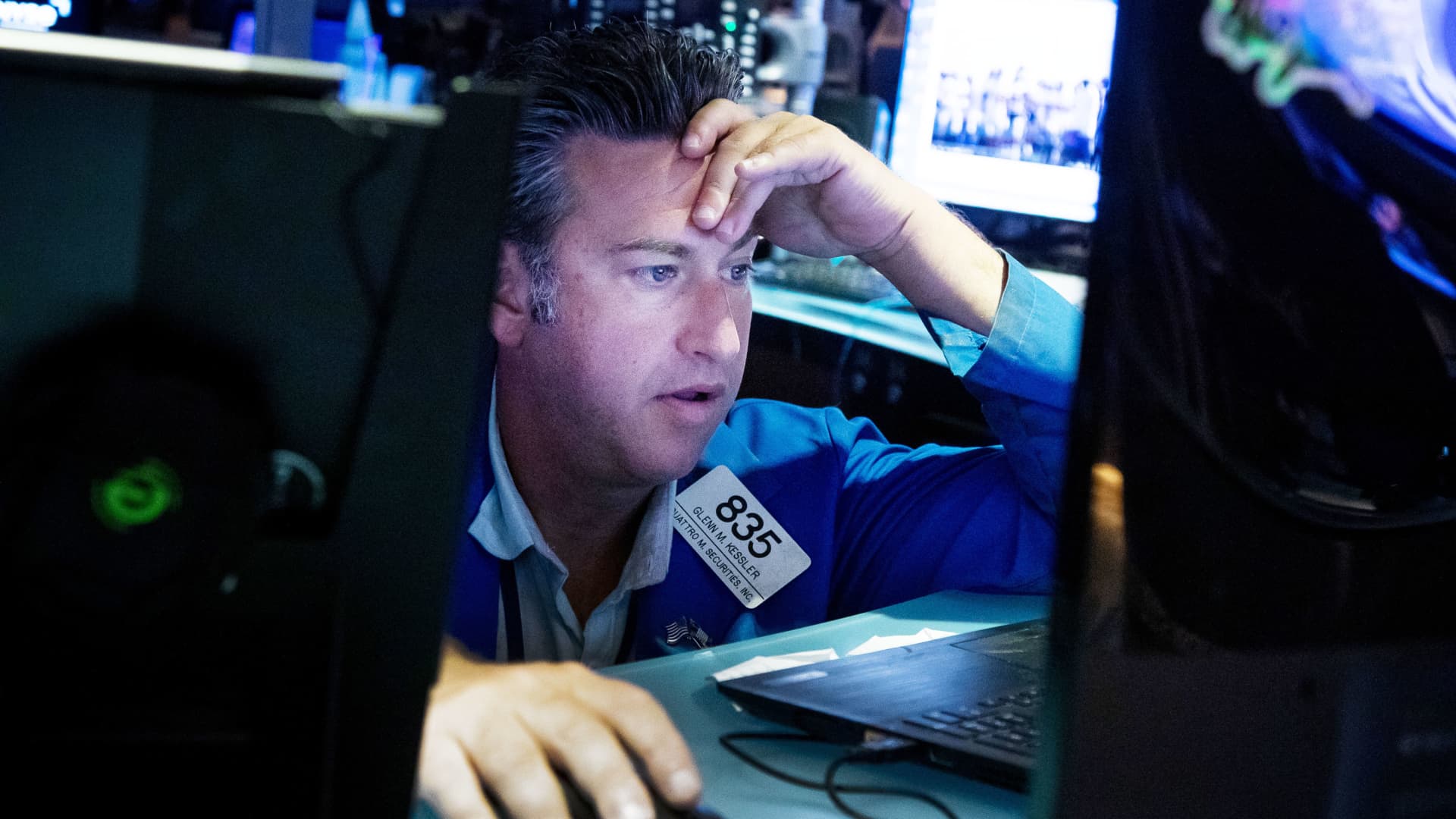
The recent stock rally has all the signs of a bear market bounce, according to an analysis from Citi Research. Stocks hit a recent low in mid-June when the S & P 500 fell into a bear market, meaning it was down more than 20% from its all-time high. Since, the index has rallied a few times but ultimately failed to capture new highs, a pattern often called a bear market bounce. From mid-June, the index rallied 17% through Aug. 16, driven by better-than-expected corporate earnings and economic data that showed inflation was beginning to cool off but that the U.S. economy was likely not in a recession. In late July, the central bank handed out its second consecutive three quarters of a percentage point increase and seemed to leave the door open about its next move if inflation cooled off. That sent stocks higher. Fedspeak throws water on rally The rally has lost steam, however, as the Fed has since walked back the market’s dovish perception and reiterated that it will likely not pivot to rate cuts next year. In mid-August, minutes from the July meeting showed that the Fed anticipates rate hikes continuing until inflation eases substantially. Many regional leaders of the central bank have said they don’t see the Fed easing anytime soon. Cleveland Federal Reserve President Loretta Mester said Wednesday she sees the central bank’s benchmark rate reaching 4% with no rate cuts through the end of 2023. St. Louis Fed President James Bullard and New York Fed President John Williams have also both said they see rate hikes continuing likely without cuts next year. In late August at the Jackson Hole, Wyoming symposium, Fed Chair Jerome Powell said the central bank would continue to use its tools to fight inflation and warned that the U.S. may experience “some pain” ahead from rising interest rates. “Before last week’s speech, markets were pricing rate hikes through March of next year, but then rate cuts shortly thereafter,” said Brad McMillan, chief investment officer for Commonwealth Financial Network, in a note. “After Friday’s speech, though, markets are now expecting those rate cuts to be delayed until at least the second half of 2023.” That sent stocks tumbling, and all major averages ended the month lower. The S & P 500 shed 4.2% in the month and is down more than 16% year to date through Wednesday’s close. Stocks could fall further There may be even more pain ahead of investors as bear bounces can mean stocks retest lows. “We do not believe the bottom is in for stocks, especially as the bond market, with inverted yield curves on the 2-10s and 2-30s, is reflecting tough economic times ahead,” said Michael Landsberg, chief investment officer at Landsberg Bennett Private Wealth Management. “While many investors are focused on a retest of the mid-June lows, we believe the market has the potential to fall below that threshold,” he added. He added that even though the market has fallen as of late, it’s not a time to be buying the dip. “Investors must be okay to walk or crawl in this environment, as this is not a sprint,” he said. — CNBC’s Michael Bloom contributed to this report.
